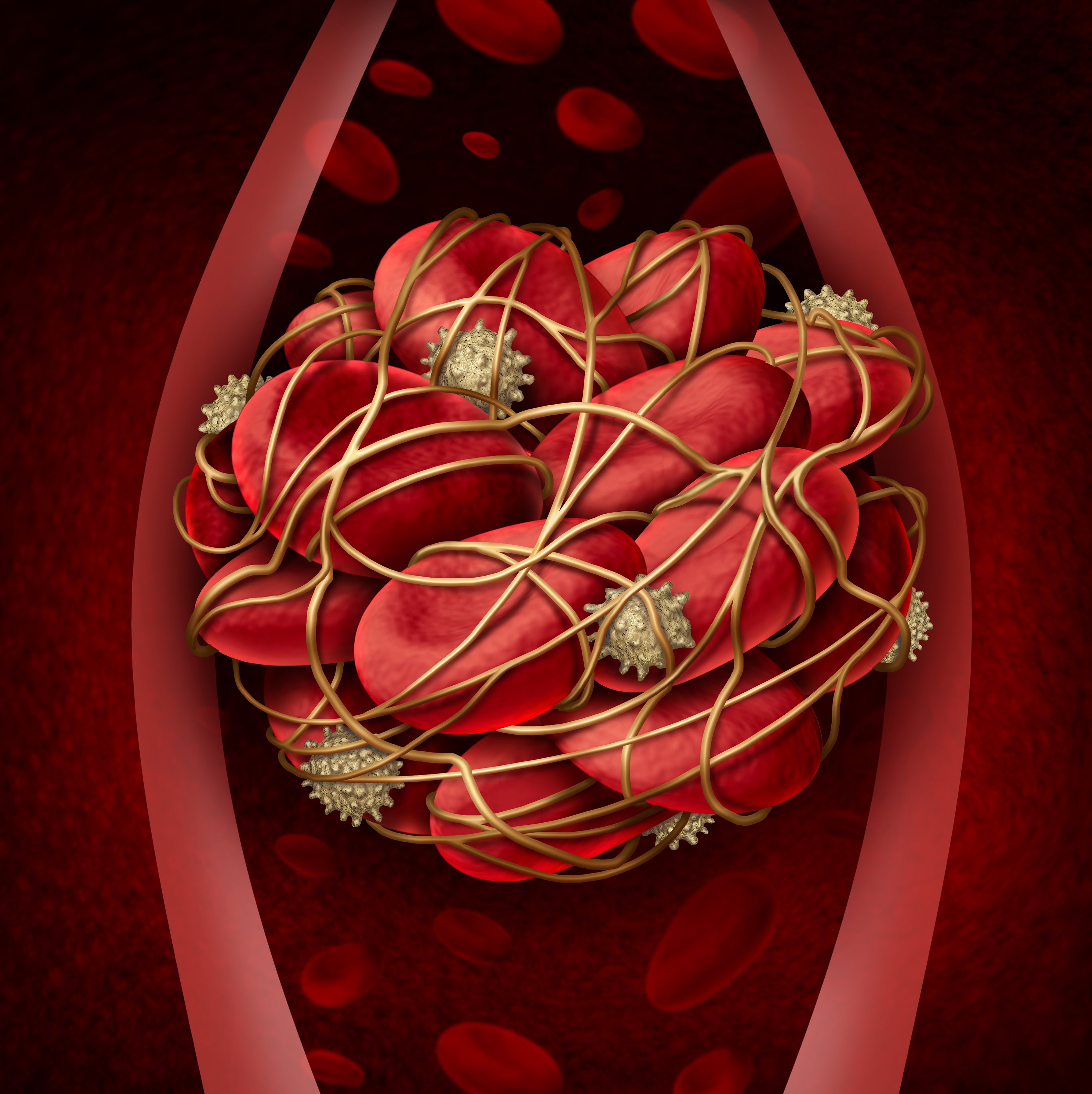March is DVT Awareness Month. DVT is the acronym for deep vein thrombosis, which is a blood clot – a serious condition that can be fatal. In fact, once every six minutes, someone dies from a blood clot. Around 2 million Americans each year are affected by DVT, and complications from DVT cause more deaths each year than car accidents, breast cancer, or AIDS. In America, around 200,000 people die from DVT each year. Many of these deaths could have been prevented, because DVT is a preventable condition.
DVT Awareness Month was created to raise awareness of this common condition. According to the American Public Health Association, 75% of Americans have little to no knowledge of DVT. The month is sponsored by the Coalition to Prevent Deep-Vein Thrombosis; this coalition is made up of 25 organizations.
When does DVT occur? DVT occurs when a blood clot forms within a deep vein, usually in the leg, but it can occur anywhere in the body. DVT becomes dangerous when the clot breaks off and travels to the lungs, which results in the often-fatal condition: pulmonary embolism (PE).
A variety of different factors, along with genetics, can determine a person’s risk for developing DVT, such as weight, smoking, pregnancy, prolonged sitting or standing, major surgery, age, stroke, injuries, traumas, heart disease, cancer, HIV, inflammatory bowel disease, and activity level. If it runs in your family, you have a higher risk for the condition.
Around half the people who have DVT have no symptoms. When people do have symptoms, they are often mistaken for other things like an injury. Some common DVT symptoms include: pain, swelling, warmth, discoloration (red, blue, or purple), and enlarged surface veins.
According to the American Public Health Association, DVT is a public health problem. DVT Awareness Month was established in 2003, and it was created to help people become more aware of the condition and learn how to identify common risk factors and pre-existing conditions that can lead to DVT. The coalition’s hope is to educate the public, so people understand DVT and their chances of developing it.
If you want to spread awareness, the coalition says you can tell your local news to do a story on DVT, tell HR to mention it in the workplace, and share your knowledge with family and friends.
If you’re at high risk for developing a blood clot, talk to your doctor. A doctor can prescribe anti-coagulants and blood thinners to keep current clots from growing and keep future clots from forming. It’s also a good idea to always keep moving. Even if you travel or work a lot, you can find ways to get up and move to keep the blood flowing to prevent a clot from forming. If you’re not at high risk, it’s still good to move around a lot, wear compression stockings, and elevate the legs. Your diet and exercise and lifestyle choices (smoking) can also affect your chance of developing a clot.
Book an Appointment with a Vein Specialist in Tampa
If you feel you have a venous insufficiency or have the potential of developing a blood clot, talk to a vein specialist today. Dr. Peter Mikhail is a vein specialist based in New Port Richey, Florida. He also treats patients in the Tampa and Clearwater areas. If you would like to book a consult, click here or call 727-312-4844.

























No Comments